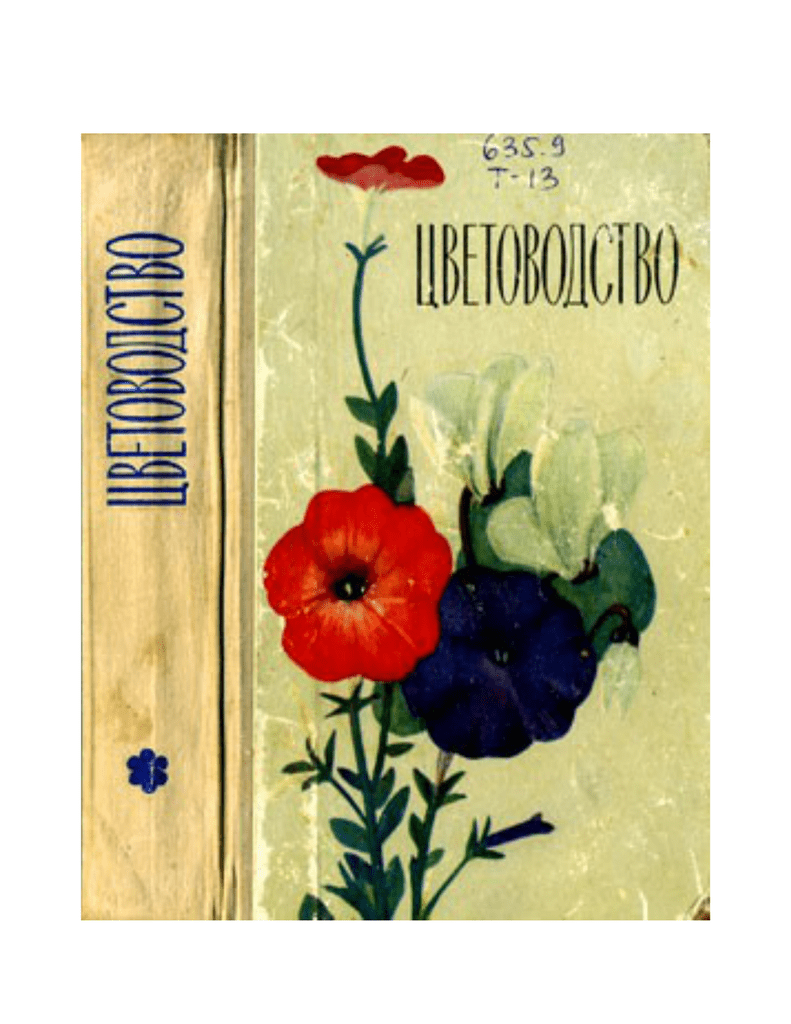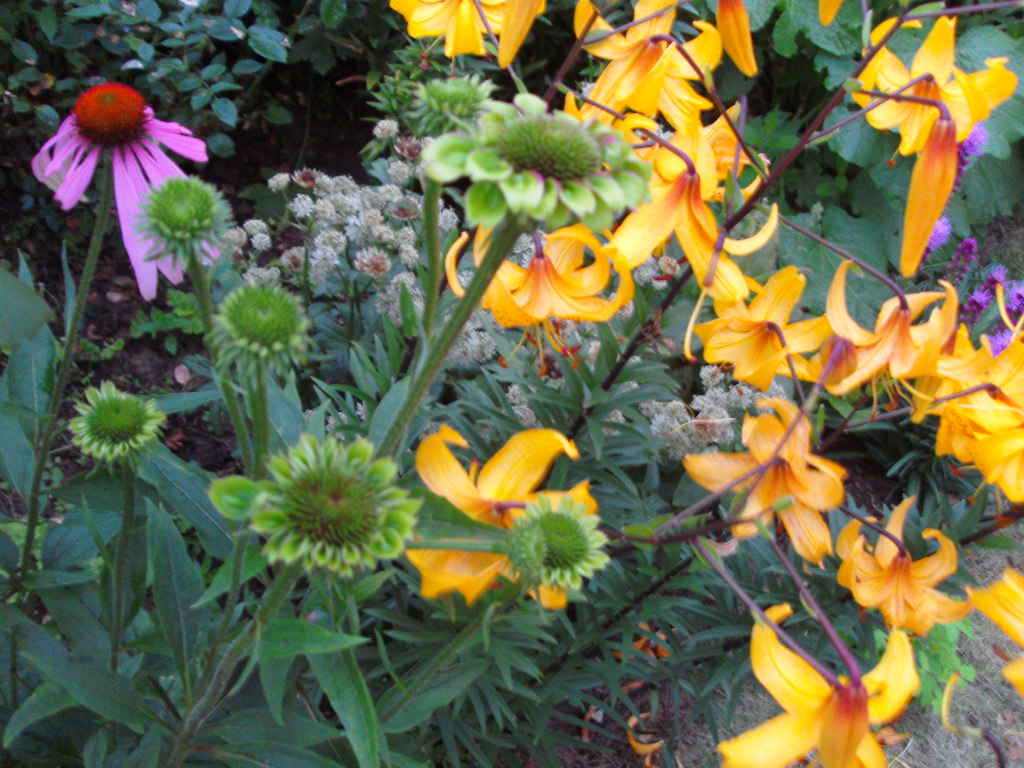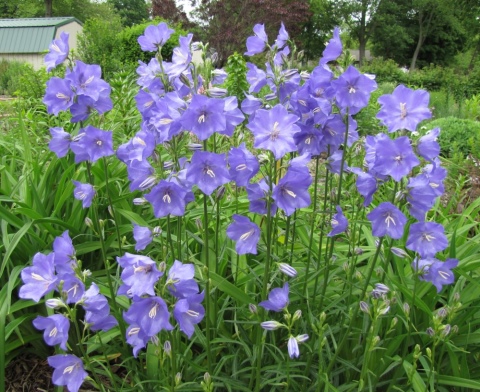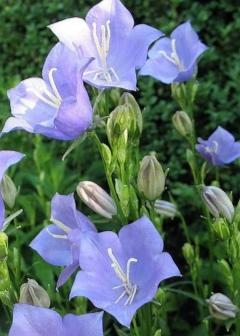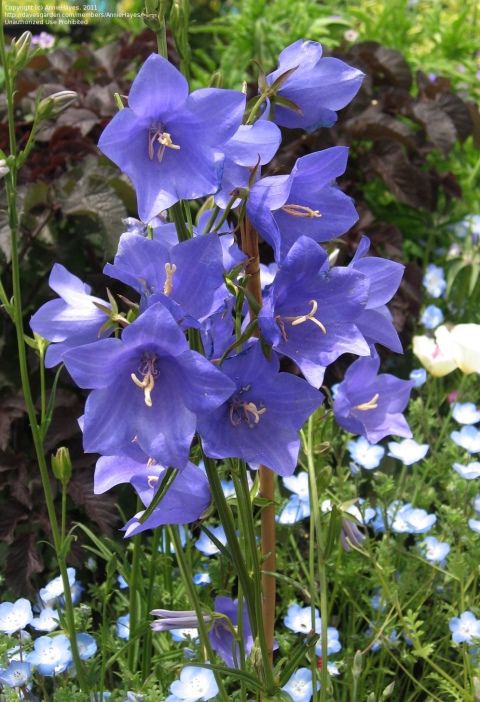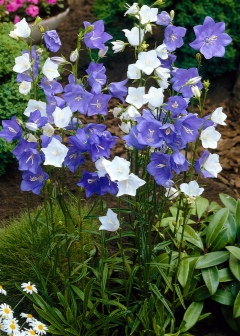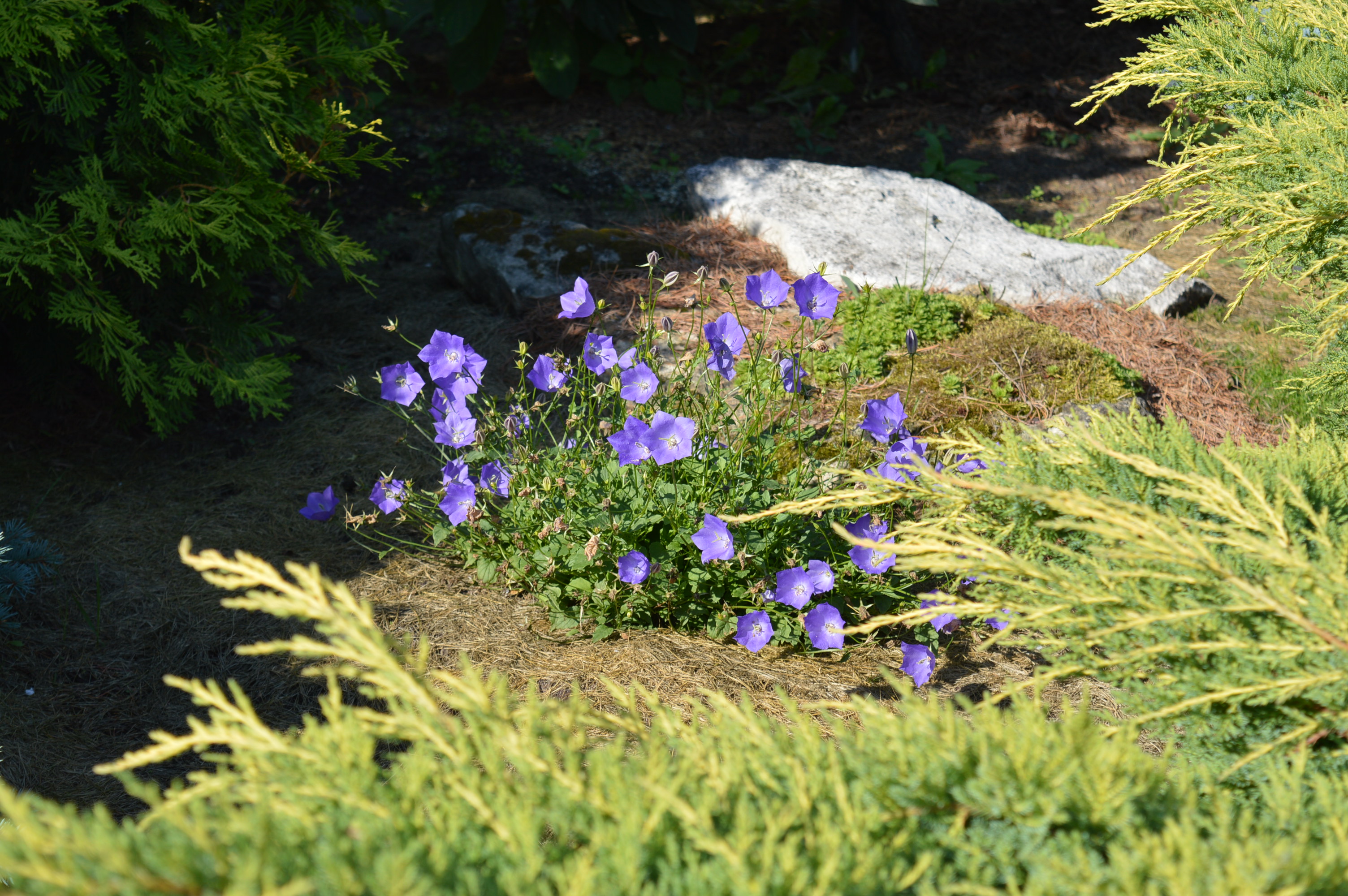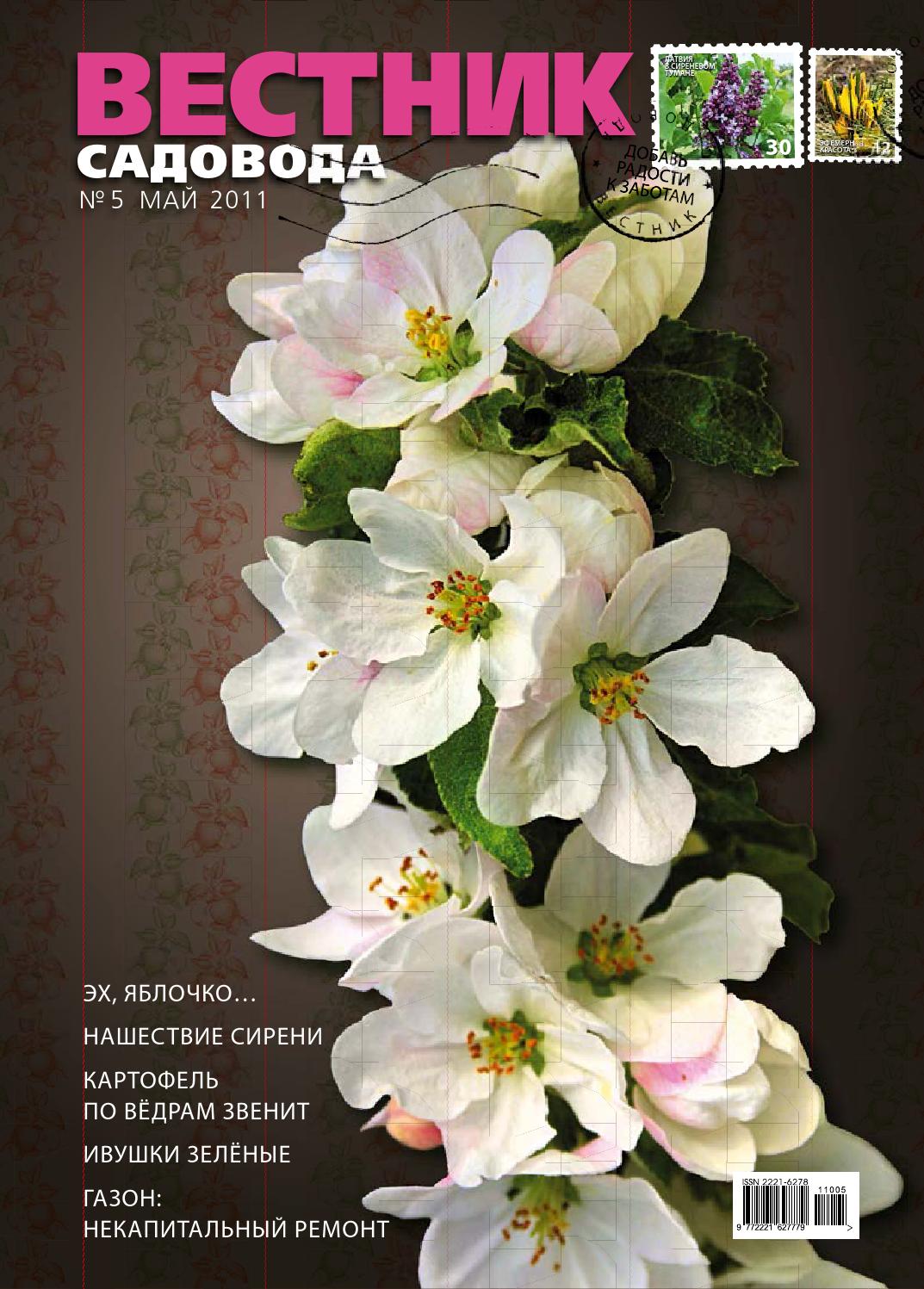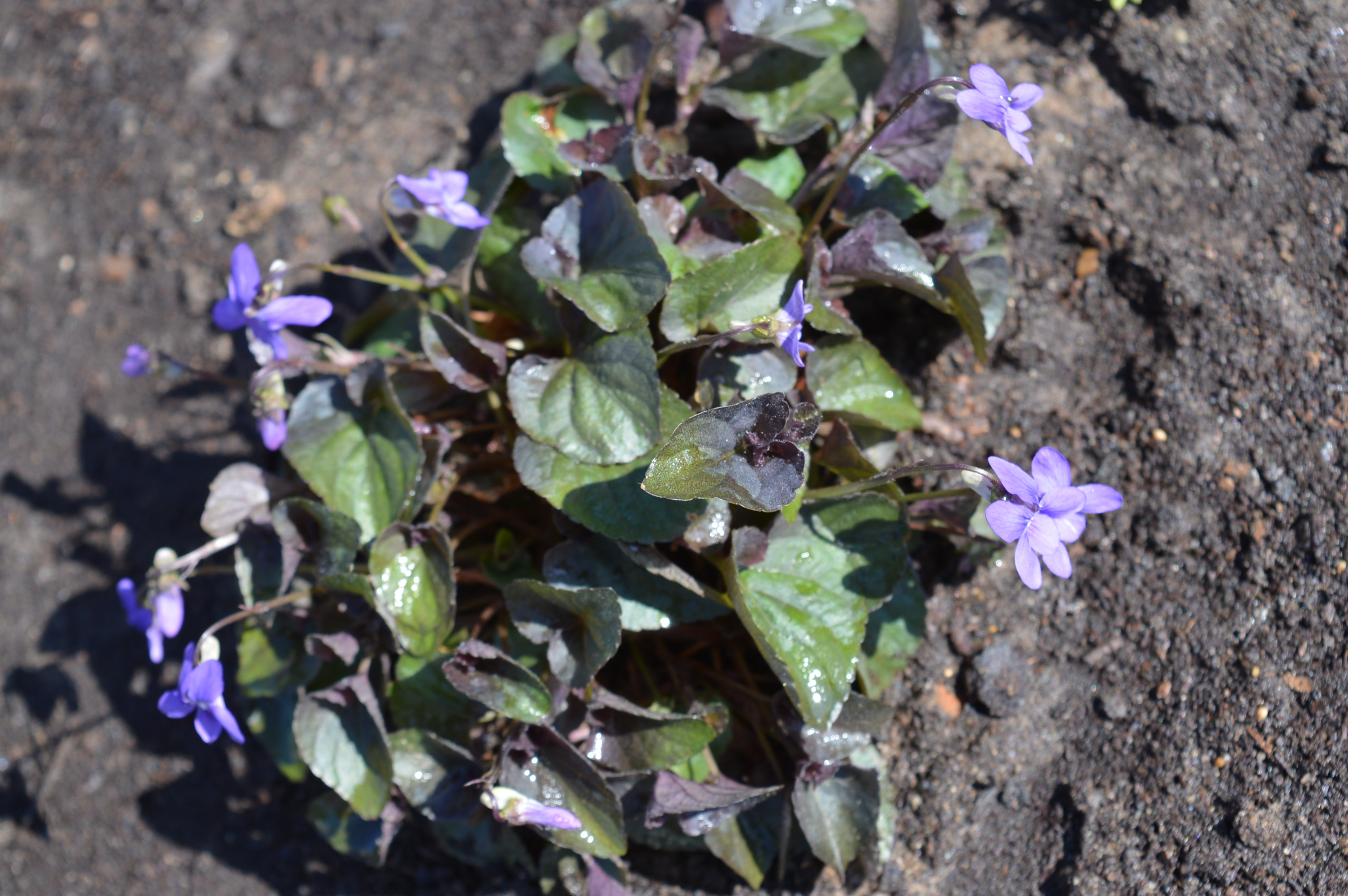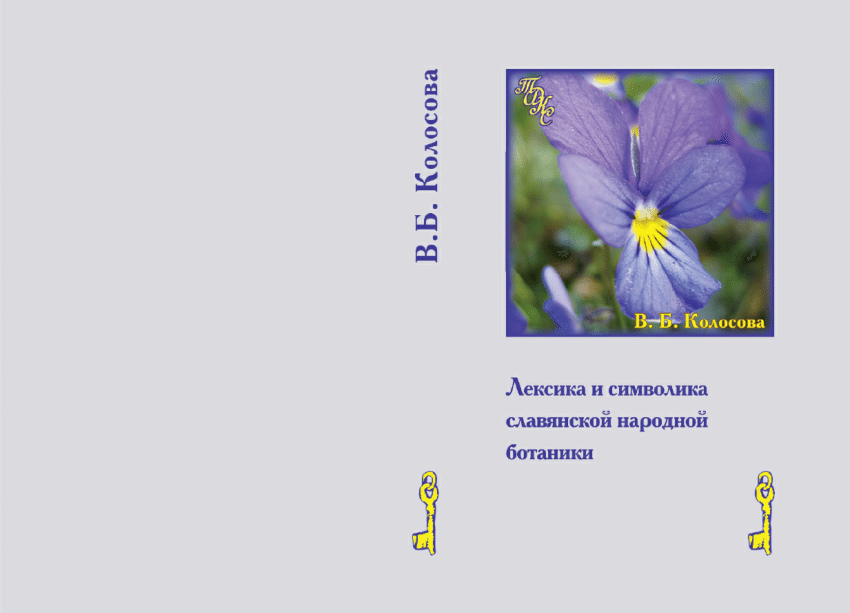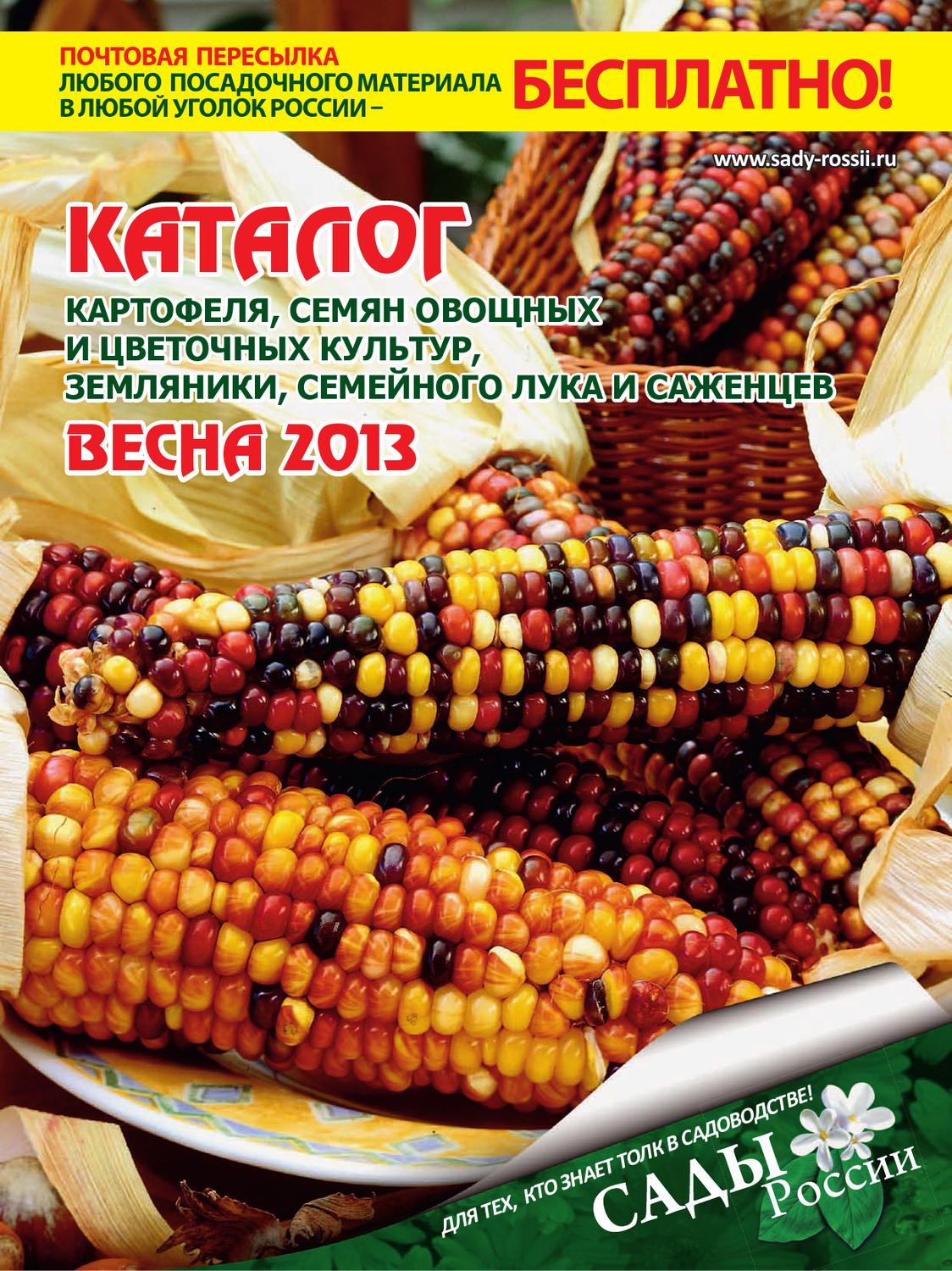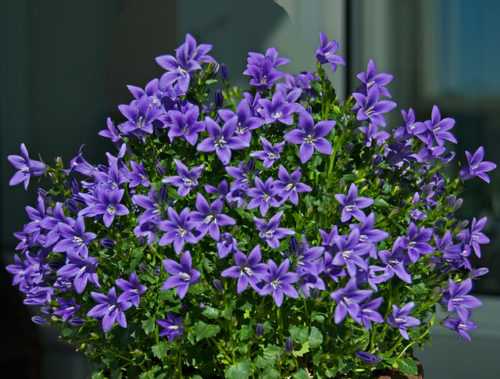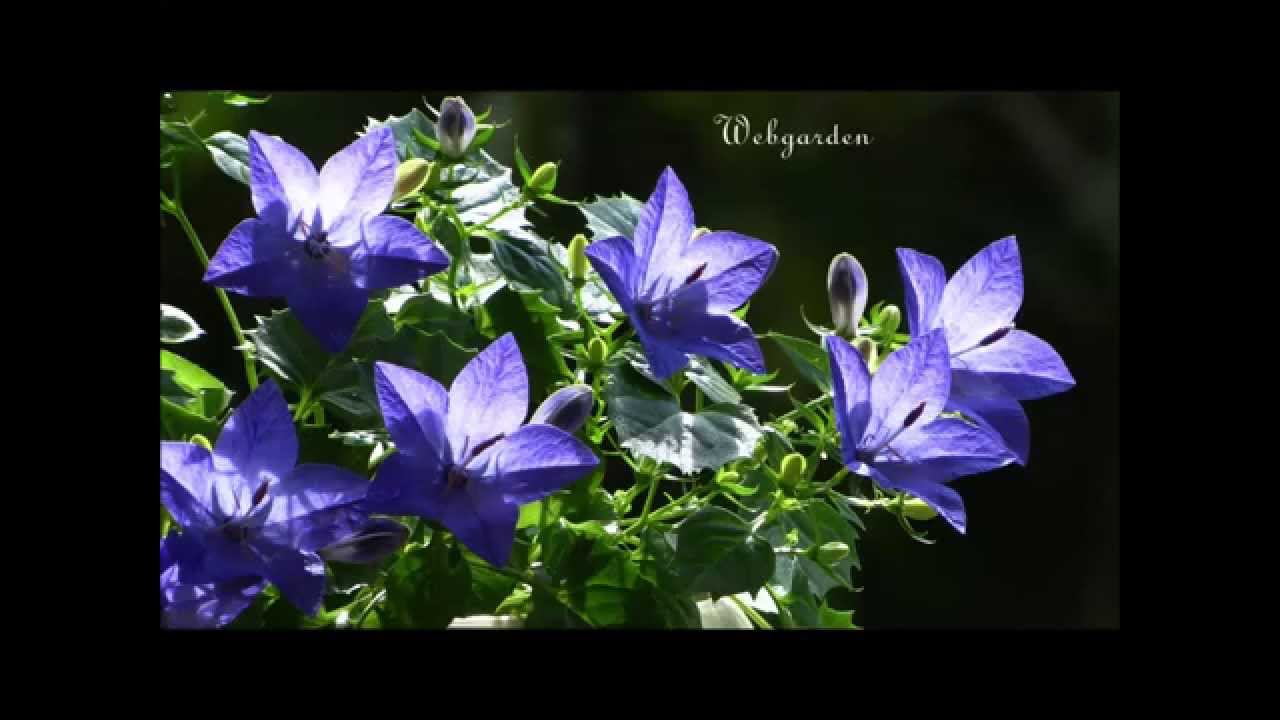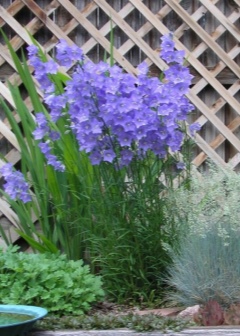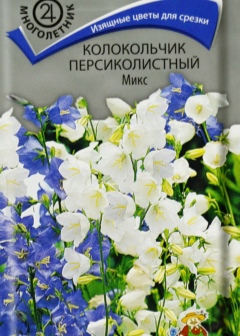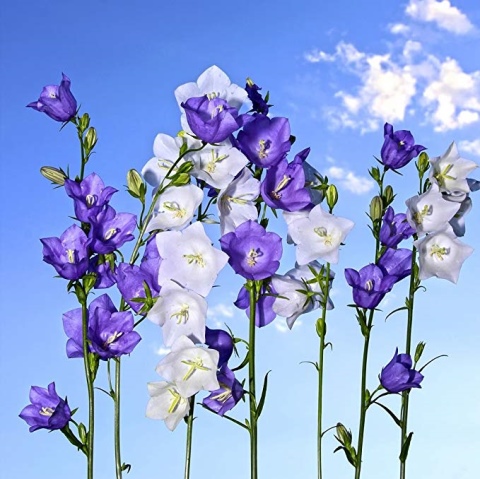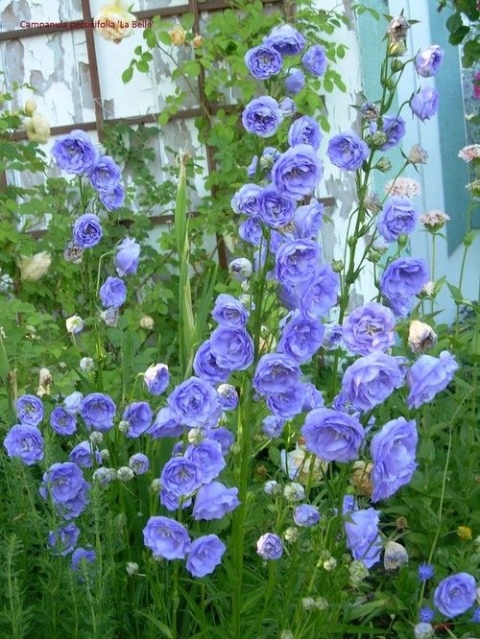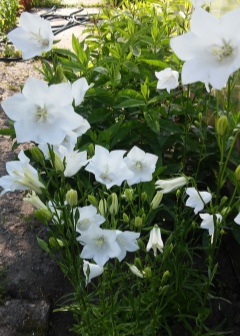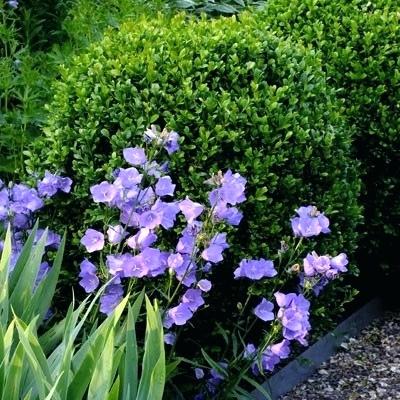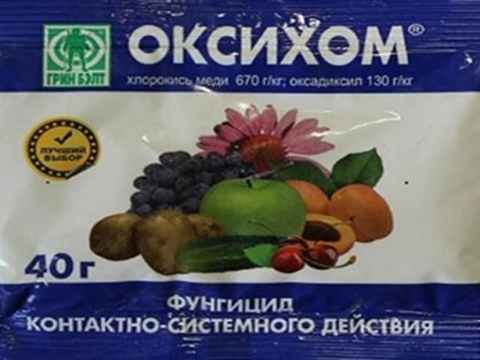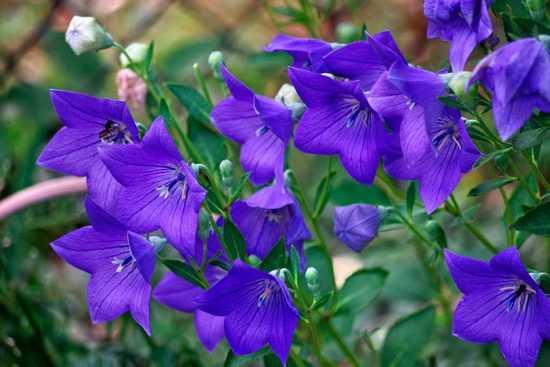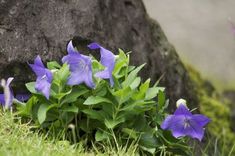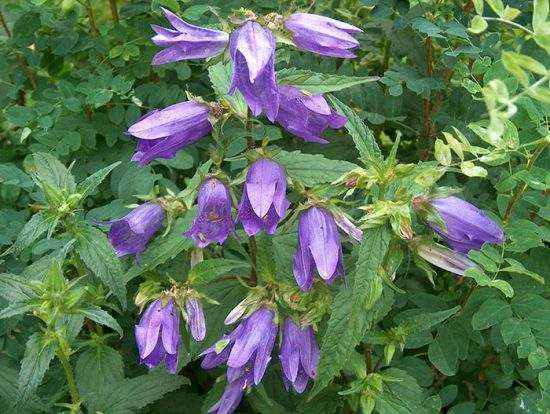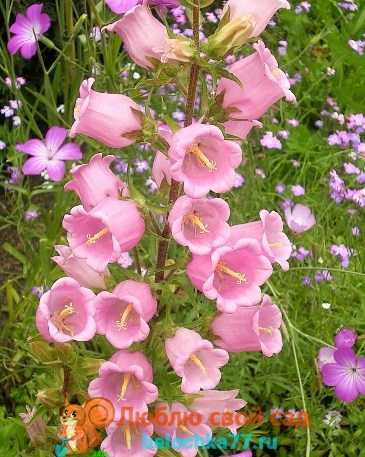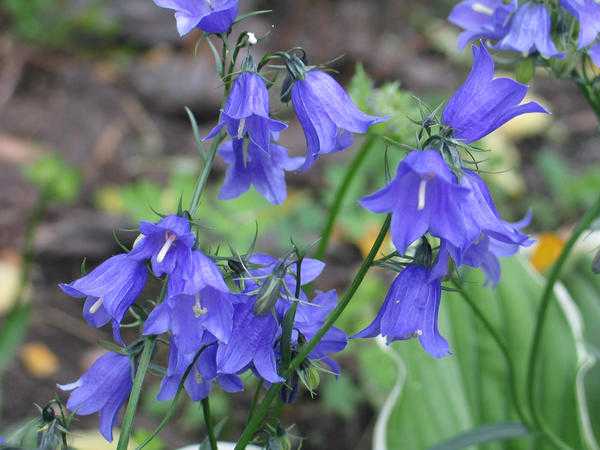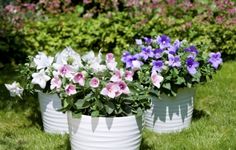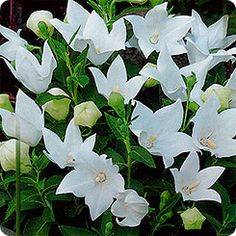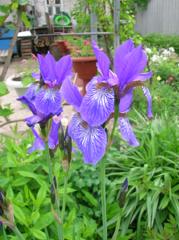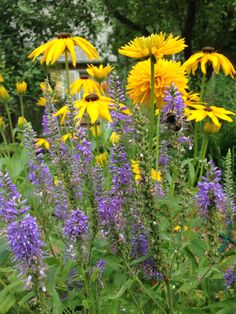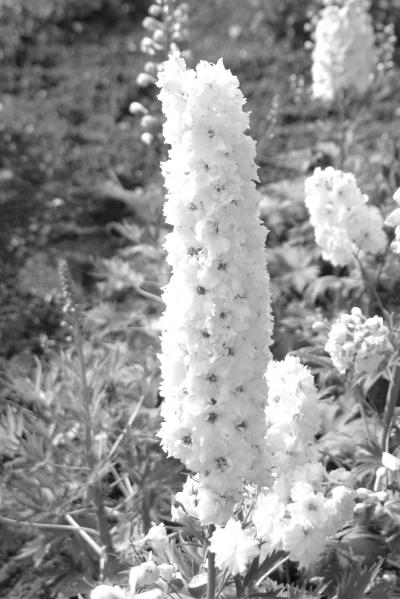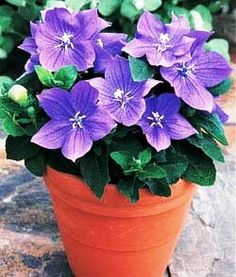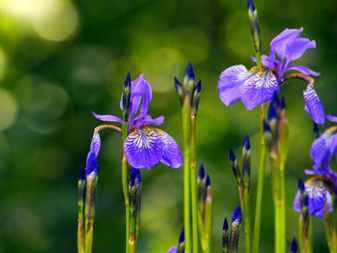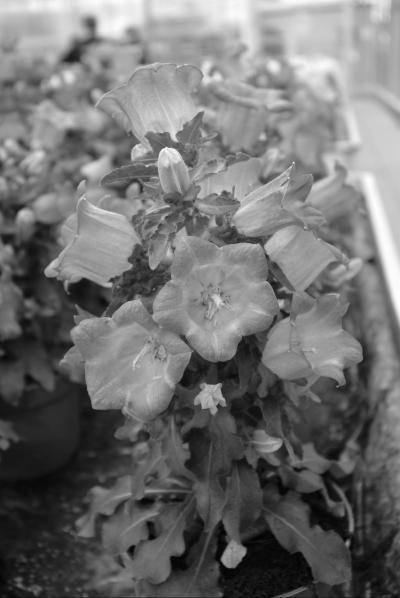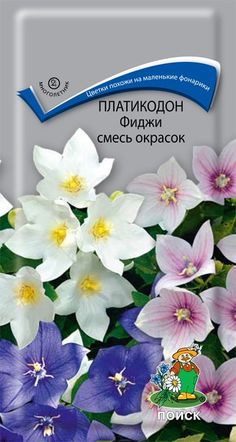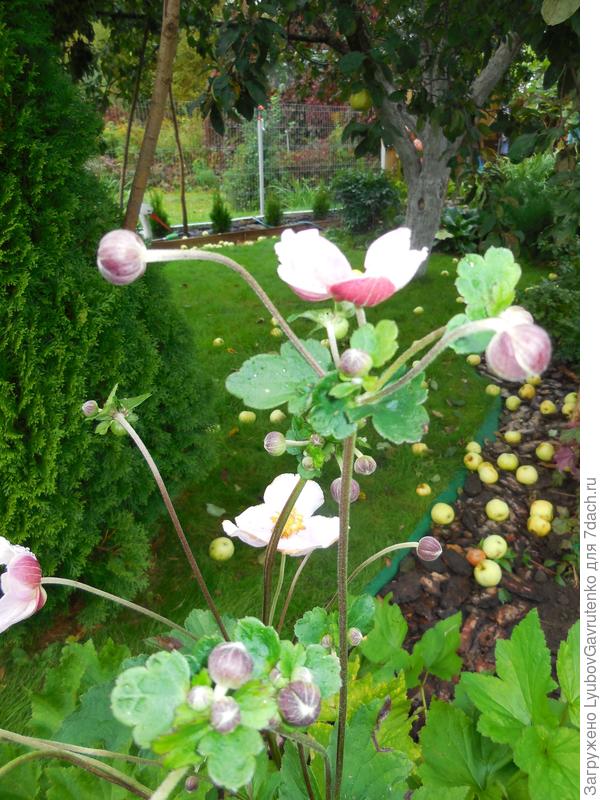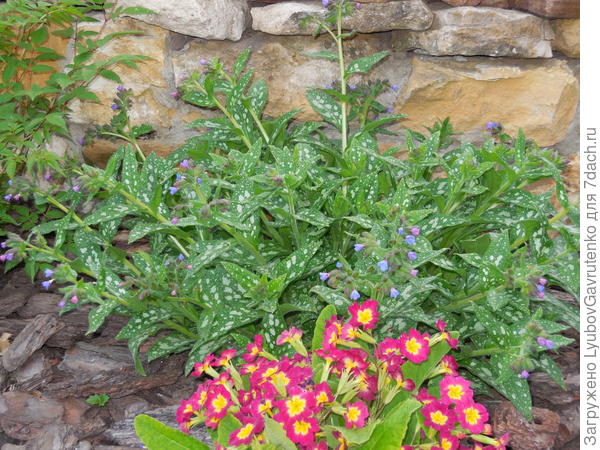The bell is peach-leaved.
Refers to border perennials. Bell peach-leaved planting and care is possible in garden beds and flower beds. Plant height 75 cm. Flowers color - white or blue. The flowers are calyx-shaped, large. A very popular plant among gardeners.
Planting peach bellflower on sandy, clayey or loamy soils is possible with drainage and a large amount of humus. The flower is not afraid of shade, loves soil with a neutral or slightly acidic reaction.
A lot of fertilizers should not be added, as this will negatively affect the resistance of the plants in winter and lead to their rapid aging.
The peach-leaved bell is propagated by seeds. They are sown in small greenhouses starting in mid-spring. It is not worth picking peach bell seeds on your own - they do not inherit parental traits. In July, the seedlings dive, and in August they are planted in a permanent place. For the winter, the plant is covered with peat or a layer of dry leaves 15-20 cm long. With proper care, the bell can bloom next year. If you delay planting or picking, the buds will appear only in the third year.
Peach-leaved species are not long-lived plants, although they are perennial bells. Planting and nursing during reproduction by division makes it possible to inherit parental traits. The transplant is done at the beginning or at the end of summer, while the roots should be covered with clods of earth. Cuttings are also often used and are done in sand. For effective flowering, you need to periodically feed the bell. Growing will be effective if fertilized correctly. In spring, nitrogen is used, and before flowering, various complex mineral fertilizers are used. In addition, faded shoots are cut off so that blooming bells delight the eye longer.
Long bloom, from June to August. Removing wilted flowers prolongs flowering.
Popular varieties of Pozharsky bell
The varieties of this plant bred by flower growers differ from each other mainly in the colors of the petals and the power of flowering.
The following varieties are most popular:
"Silberregen" - is distinguished by a long from May to September and an exceptionally abundant bloom of silvery-white star-shaped bells, which appear against the dark green background of foliage with an abundant scattering of shining silver. Most popular with professionals and amateur gardeners around the planet.
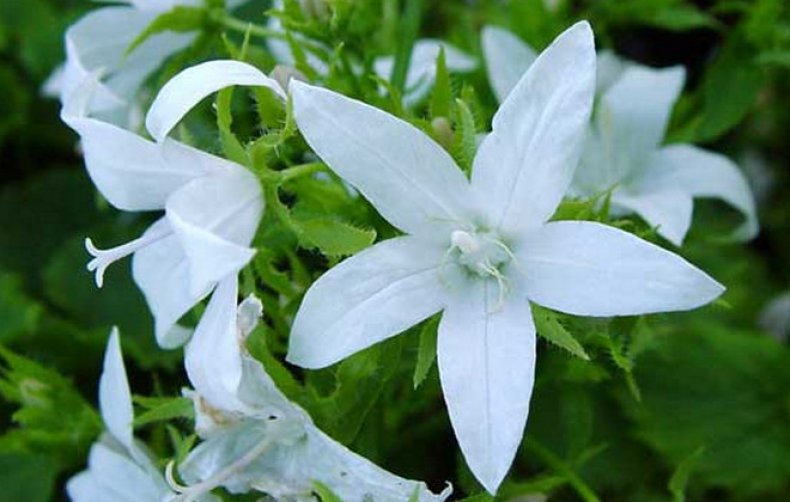
"Blue Gown" - its bushes are not so lush, but they cannot but delight the eye with their delicate blue bells with a white eye in the middle, blooming from June to September. Looks good as an ampelous plant.
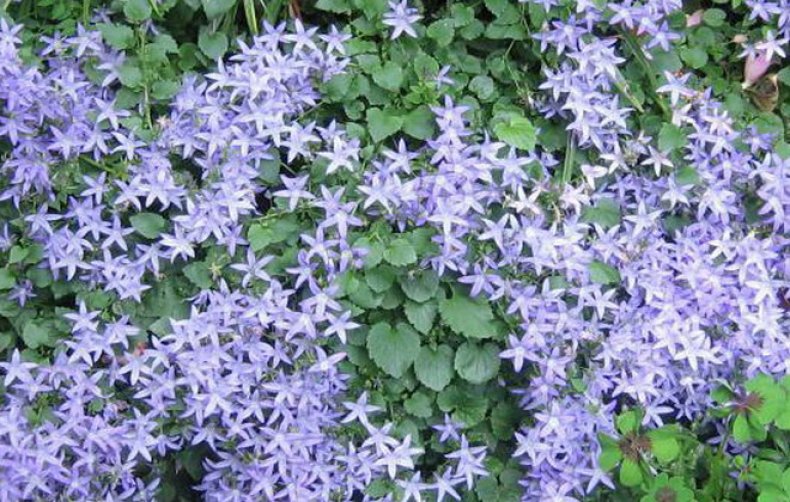
"Blue Waterfall" - creating a real waterfall of lilac-blue stars, falling from rocky hills, artificially and skillfully erected in gardens and parks. Flowering is most pronounced in May and June, and re-flowering is possible until September.
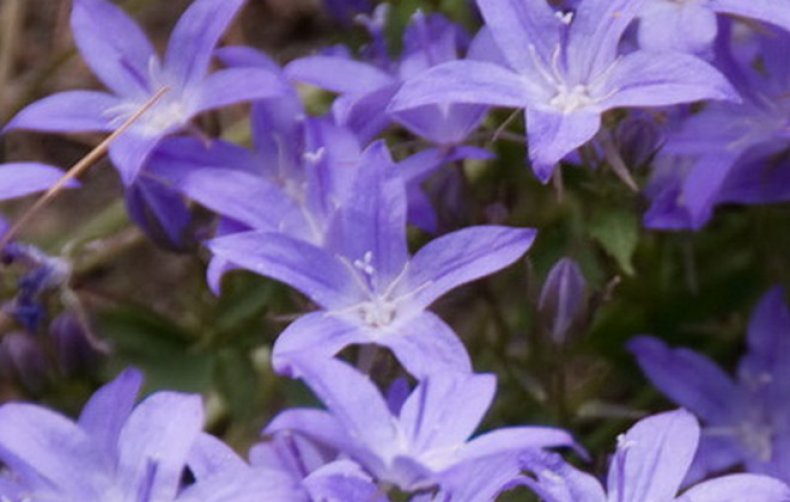
"E. H. Frost "- during flowering creates a whole pillow of porcelain-white flowers, the most luxuriant in June and early July. Numerous whitest flowers are decorated with blue stars inside. The variety is good in the form of decoration of retaining walls, stony soils, as edging of flower beds.
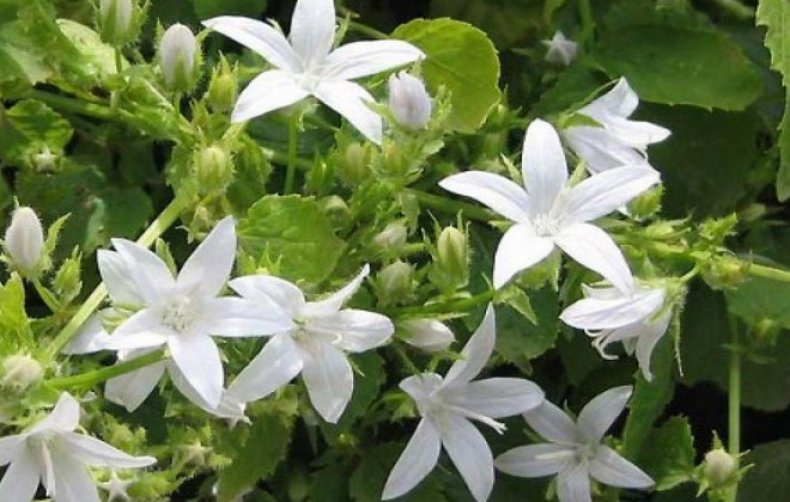
Lisduggan Variety is distinguished by the lavender-pink color of its stars. This variety is also great for decorating stony soil, for creating borders, but is especially appreciated as a pot culture.
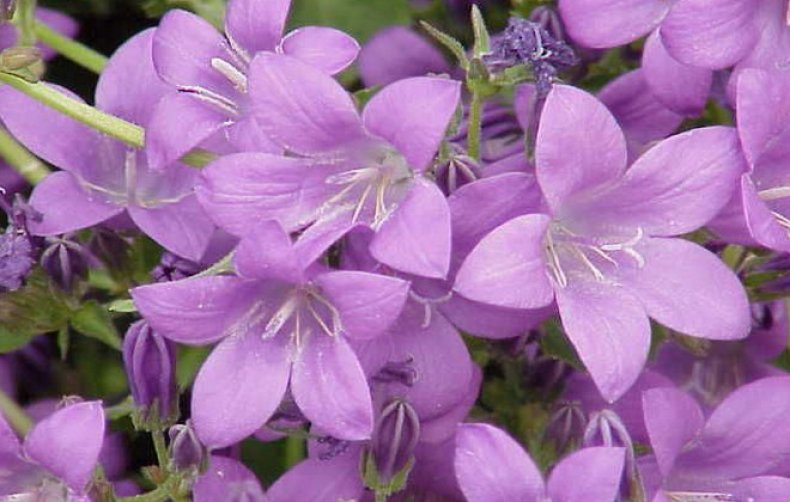
"Stella" - bright blue stars of the plant bloom especially magnificently in July and August. Designed primarily for placement in rockeries.
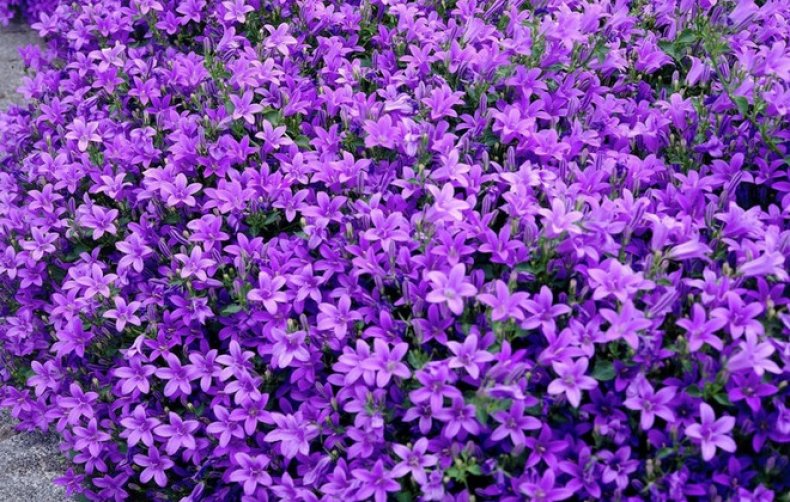
Reproduction of a shirokokolokolchik
Preferences for breeding methods can also be ranked among the unique features of Platycodon. This plant is not divided, like most perennials, but propagated exclusively by seeds. They can be sown both in seedlings and directly into open soil.
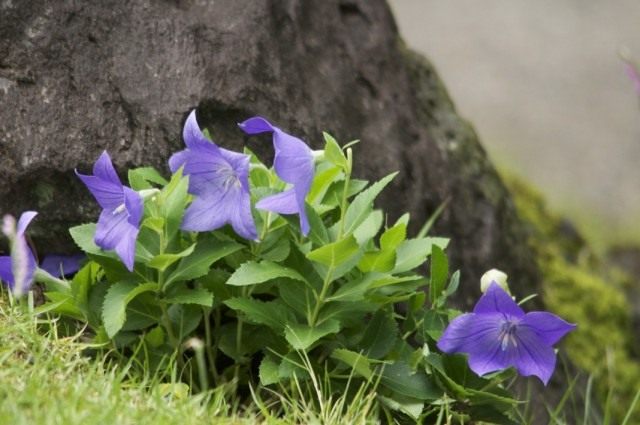 Platycodon, or Shirokokolokolchik. TommyHAGA
Platycodon, or Shirokokolokolchik. TommyHAGA
Growing Platicodone from seeds
When growing seedlings, seeds are rarely sown, in large containers or boxes in any nutritious and loose substrate (peat pots can be used). When covered with film and located in a warm place, the seedlings will appear unevenly, but quickly enough. Moisten the substrate moderately, avoiding excessive dampness. As soon as shoots appear, they need to be allowed to grow stronger in a bright place at room temperature.
Diving is not carried out, because Platycodon does not tolerate transplanting well, but is replaced by thinning after the appearance of the third leaf or later. Seedlings are grown without waterlogging until the end of May or the beginning of July. Even young and weak seedlings are immediately transferred to a permanent place. Platycodons adapt slowly, grow poorly, but this is only the beginning of their gardening career. Plants will bloom only for 2-3 years, when on
grow a large mass of rhizomes and form lush curtains. If you are buying ready-made seedlings, try to plant the plants in a permanent place as soon as possible.
Seeds can be planted in the soil both in spring and autumn. When planted in the fall, the plants will undergo natural stratification; for the spring, they need to be kept in the refrigerator for 1 to 3 months. Such shirokokolokolchiki bloom for 3-4 years, require standard care for all Platycodons, but more frequent weeding. Plants are planted in a permanent place as soon as the seedlings get stronger, keeping a distance of about 30 cm between the bushes.
Occasionally, platycodons are also propagated by basal cuttings - shoots with a heel, which can be separated in spring at the very beginning of active growth and rooted in a moist substrate.
Caring for bells after planting
It will not be difficult for novice gardeners to care for a planted plant, you just need to follow the standard procedures:

- when the soil in the flowerbed dries up, water it, but do not overfill the roots so that they do not rot;
- apply fertilizers in spring and autumn, and feed 2-3 times during the growing season;
- loosen the ground, improving the penetration of air to the roots of the bell;
- remove weeds, cut off limp or withered inflorescences and leaves;
- carry out preventive treatments with chemicals if dangerous diseases or pests appear on the site.
The peach bell will respond to your care, it will grow strong, strong and healthy. During the flowering period, it will delight you with magnificent flowers. Going out into the garden, you will feel how its bells are quietly tinkling, swaying from the weak breeze. They thank you for being comfortable and at ease in your flower bed.
Use in landscape design
The Carpathian bell has a very delicate and beautiful appearance. This plant fits easily into any gardens and surrounding areas. You can decorate a plot with this flower in different ways, for example:
they decorate charming alpine slides;

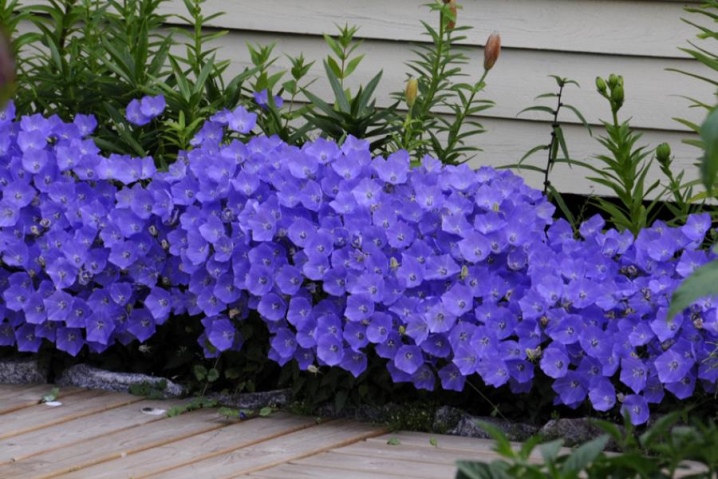
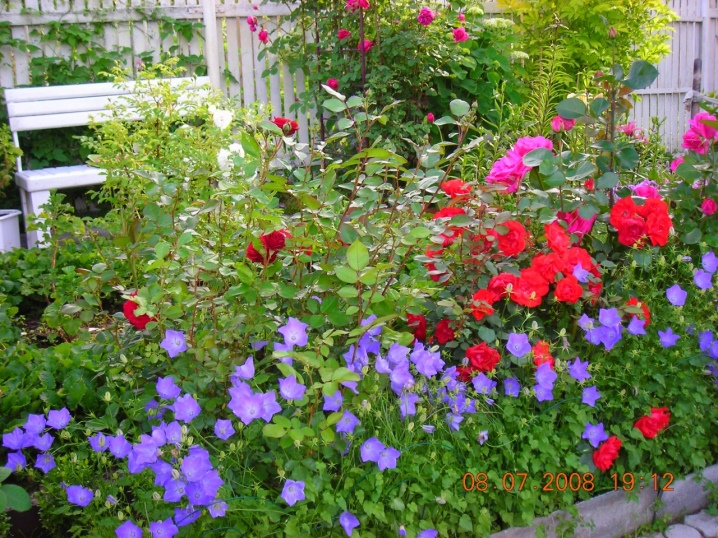
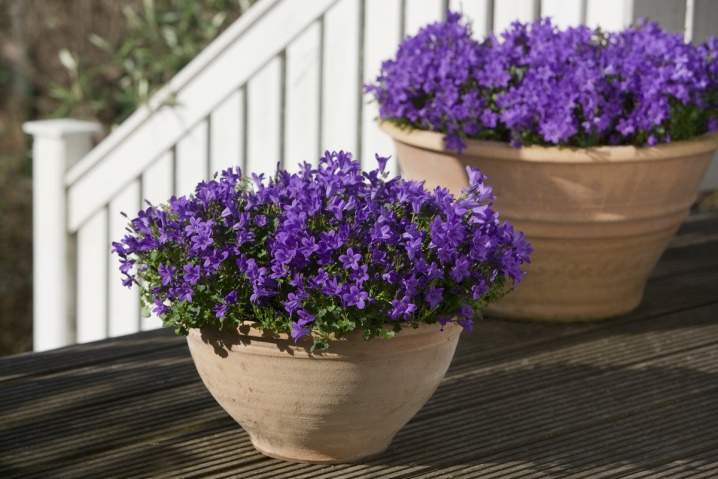
Against the background of rocky expositions, the bell in question looks gorgeous in combination with mountain plants of compact size. The green pet can also be planted along partitions, hedges, paths and paths. To form a rich and variegated flower bed, you can plant several different varieties at once. The most successful neighbors of the Carpathian bells will be the following:
- arnica;
- periwinkle;
- sedum;
- rejuvenated;
- geranium;
- saxifrage;
- lobelia;
- narcissus;
- shaved.
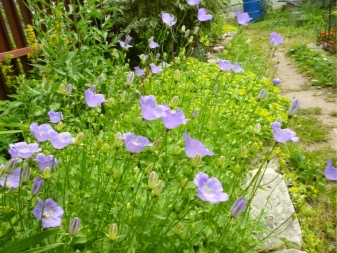
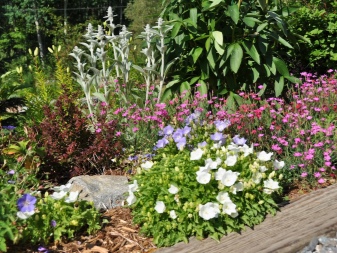
The Carpathian bell can be planted as a solid flowering carpet. In this case, the composition can form some kind of drawing. Such an addition to the site will give it a truly unusual look.To form such a decoration, you need to have certain knowledge and skills.
More details about the Carpathian bell can be found in the video below.
General recommendations for the cultivation and care of bells
Most of the cultivated species prefer open, well-lit places, but some, which naturally grow in the forest belt, develop better in partial shade and even shade. Moreover, even light-loving varieties tolerate partial shade well and bloom longer in such conditions than in the open sun.
When choosing a place for planting bells, it must be borne in mind that the culture does not tolerate stagnant rain or melt water, low areas with heavy clay or loamy soil are not suitable for it. The soil should be drained, loose, well fertilized, with a neutral or slightly acidic reaction. Some species of rock origin need poor soil with a slightly alkaline reaction, in this case it is preliminarily limed. To improve the structure of clay soils and loams, sand, weathered peat and a small amount of mineral fertilizers are added to them; leaf humus, sod soil or rotted compost are added to insufficiently nutritious sandy soils. It is not recommended to use fresh peat and manure, as this can provoke fungal diseases.
Planting and transplanting bushes is carried out in spring or autumn, they do it very carefully, with a large clod of earth, since all bells have numerous thin adventitious roots that can be easily damaged. For better survival, abundant watering is required after transplantation, it is also recommended to water the prepared holes beforehand
For varieties with powerful taproots (crowded, broad-leaved, etc.), the optimal planting time is early spring, and for crops with less developed roots, May is preferable, when the soil is already warmed up enough. The timing of the autumn planting should be chosen so that the bushes have time to take root before the onset of frost, it is best to carry out such work from the end of August to the beginning of September. There are species with a compact, shallow root system that can be replanted even in a flowering state.
From care measures, bells need regular weeding and loosening, especially necessary in the first half of summer, before flowering, moderate watering in dry weather and regular feeding. At the beginning of the season, nitrogen is introduced, which contributes to the growth of vegetative mass and early flowering, then, in the summer, complex or phosphorus fertilizers, and in the fall - potassium, which increases the winter hardiness of the crop. For species that prefer a neutral and alkaline soil reaction, it is useful to add ash, which further reduces acidity. For top dressing, you can use rotted manure or mineral fertilizers.
To increase the flowering time, it is recommended to regularly remove dried flowers. Leave only those from which they plan to get seeds, which are harvested after browning, but before opening the capsules in order to avoid self-seeding. In tall bells, the faded shoots are completely cut off.
Most garden species are winter-hardy and do not need shelter, only a few, originating from the southern regions of Europe and Asia, are lightly sprinkled with dry leaves, peat or spruce branches. At the end of autumn, the stems of all species are cut at the root.
Plant features

Bell white
In natural nature, these plants are distributed almost everywhere: the only place that has not conquered them is Central Africa. In all other parts of the world, these plants thrive and are not in danger. The main diversity of species occurs in Europe, both Western and Eastern.
These plants can be both annuals and biennials or perennials. Most often, in gardens and flower beds, they are grown exactly as perennials.This choice is far from accidental. The fact is that all perennials have one unpleasant feature: in terms of brightness and attractiveness, their flowers are usually less bright and catchy than those of annuals.
On the other hand, the flowering duration of perennials also does not always satisfy many gardeners. Therefore, in some cases, perennials are abandoned, each year updating the assortment of plants in flower beds, sowing different temporary inhabitants on the same areas every year.
Bells are devoid of such shortcomings. Their flowering is always bright and memorable. It lasts, as a rule, at least 1.5 months, and the flowers of the bell in their decorative properties are practically not inferior (if not superior) to many annual crops.

Bell of Portenchlag
In addition, there is currently a huge selection of bells.
This includes the ability to select them according to the following parameters:
- by height: from dwarfs, 12-15 cm high to giants 1.75 m
- by flower size: from 1 to 8 cm in diameter
- by color: modern hybrids include almost all colors from bright white to black-blue
- by the shape of the inflorescence
- by the shape of the stems: from creeping species to erect
- by the duration of flowering and the time of its beginning - from the beginning of May to the end of September
Such huge possibilities of choice allow you to always find a use for the bell in almost any garden area or in any composition. And, of course, those who like to “tinker in the ground every year” did not stand aside: for them there are annual varieties of bells, which also have almost all of the listed options for choosing.
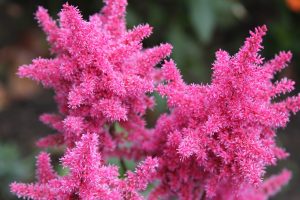
Astilba: 12 groups of varieties, description of the most common, care, reproduction (50 Photos & Videos) + Reviews
Growing at home
Caring for a bell, planted in indoor conditions, consists of a number of points.
Lighting
Like outdoor species, these plants prefer good lighting, and therefore the daylight hours must be long. At the same time, fragile leaves are quite vulnerable to direct sunlight, so it is worth making sure that the sun does not hit the plant. It is better to organize diffused lighting - in such conditions the flower will feel comfortable.

The most suitable location for the pot is the east or west part of the windows. If the flower is on the south side, then it should be shaded a little.
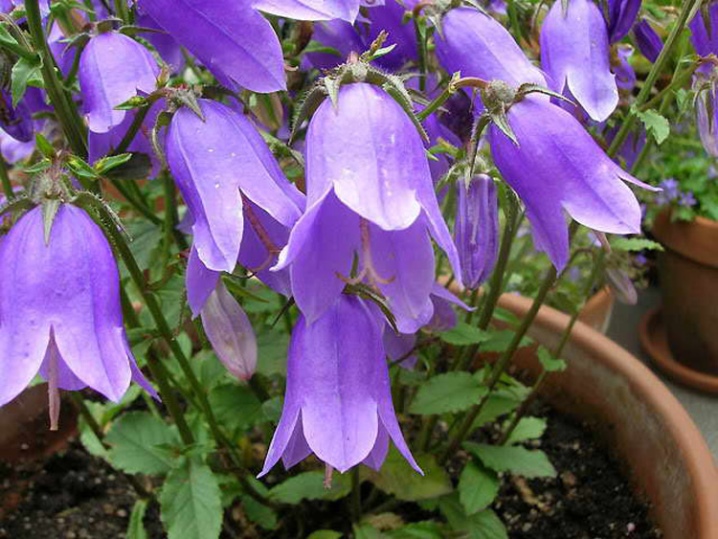
Temperature
These species do not like heat, they feel better in a cool room. Favorable conditions for growing - 20-22 degrees Celsius. If the room is too hot, you can increase the humidity to balance to ease the condition of the flower.
In winter, the temperature for a plant should not exceed 15 degrees, the culture will withstand and an indicator of 5-10 degrees. If during the period of winter dormancy it will experience warmth, then next year it will not please the owner with a lush and abundant flowering.
It is quite allowed to take the pot out to the terrace or balcony during flowering, the influence of fresh air will not affect the quality of flowering. True, next year the flowers will not bloom again, so it is better to leave them in the room and grow them as a perennial crop.
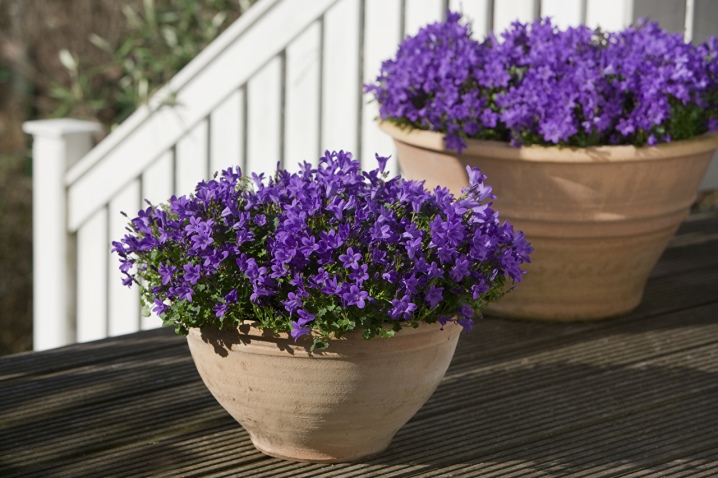
Watering
Indoor flowers also retain their love for moisture. During the period of active development in spring and summer, the plant needs frequent but moderate watering. Make sure that the flower does not overflow, and also control the moisture content of the substrate. After flowering, watering is gradually reduced, leaving the culture in almost dry conditions.
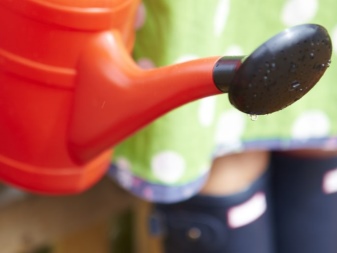
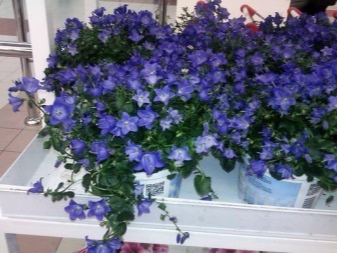
Air humidity
This indicator is not so important for the full development of the flower. The culture grows well both in a greenhouse and in an ordinary room. If the container with the planting is near the battery, or the plant is experiencing a dry time, then it will not be worse if the florist performs the spraying procedure, besides, the flowers and buds easily tolerate getting wet.

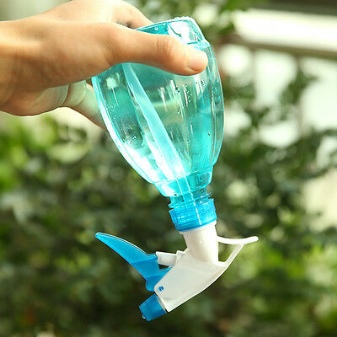
Top dressing
Fertilizer is applied only during the period of active development - from spring awakening to the end of flowering. Flowers are fed once every two weeks; mixtures for flowering indoor plants are suitable as additional nutrition. As soon as growth stops, feeding ends abruptly.


